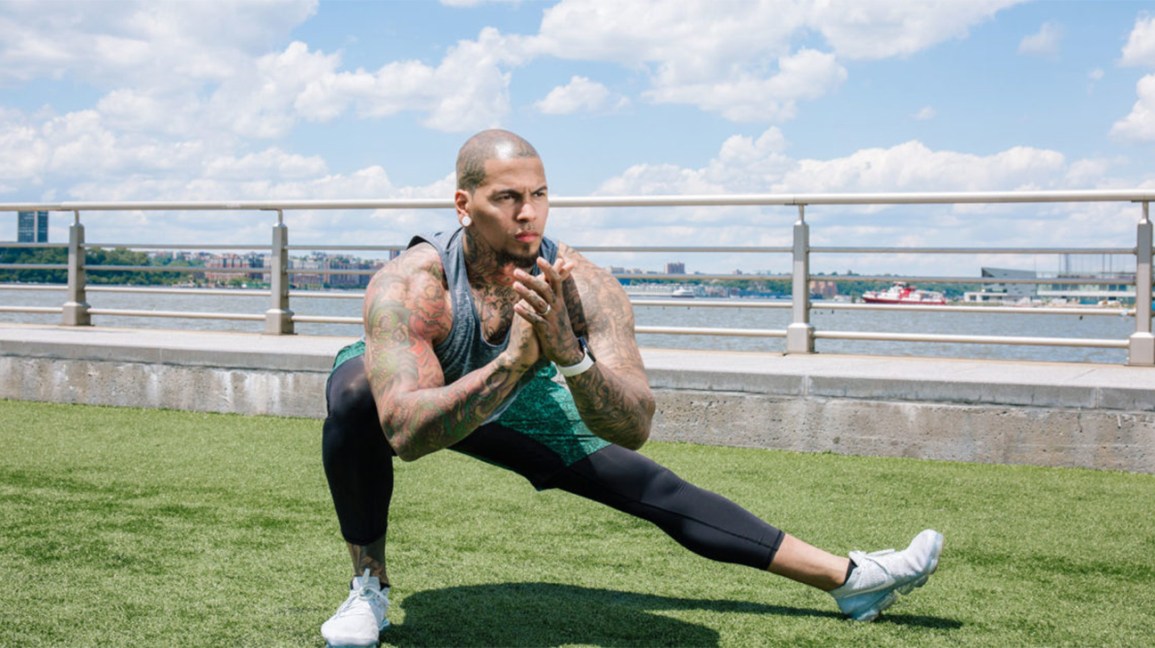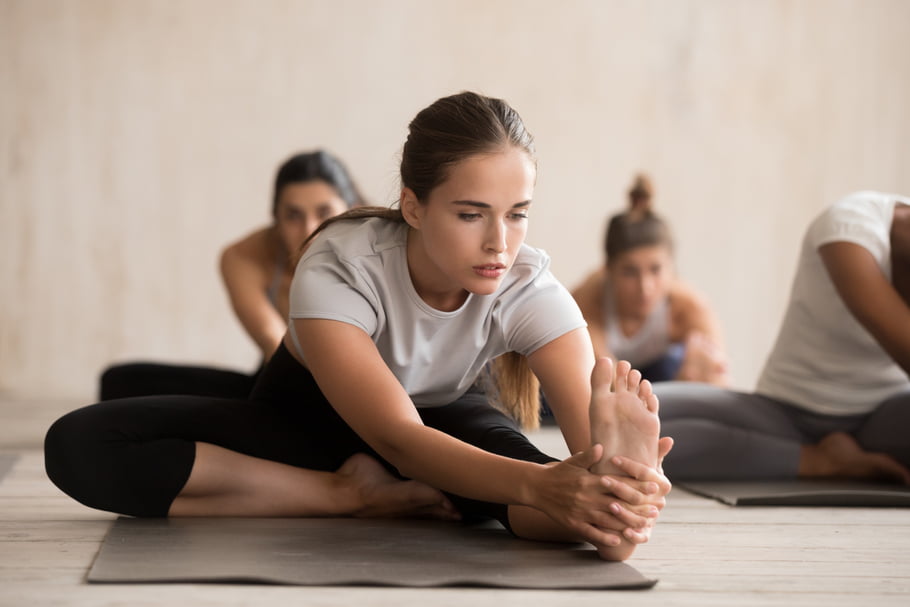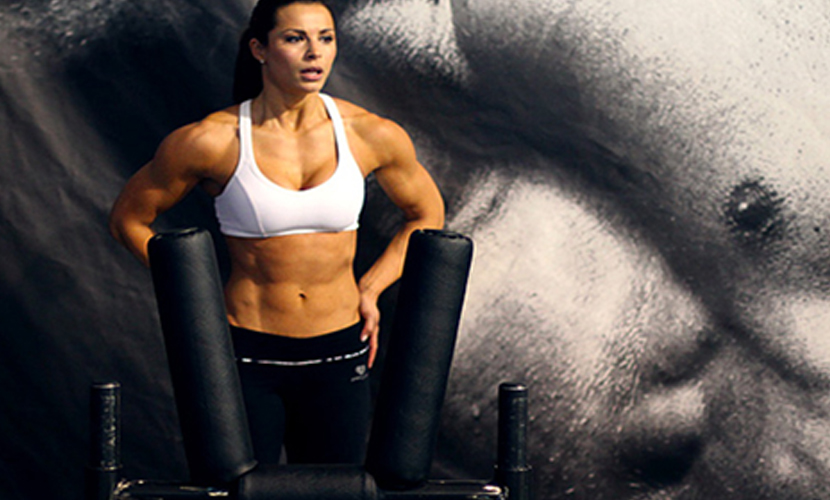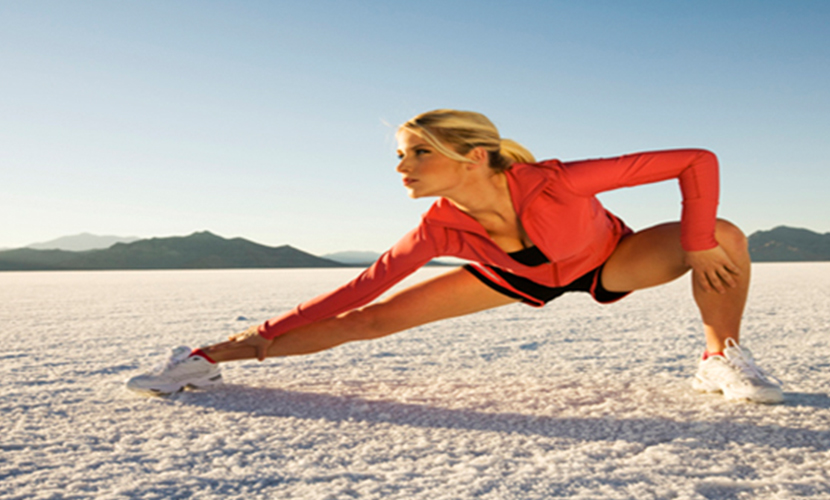Flexibility in training science; It is explained as the rate of movement. If we make a comprehensive definition; It is defined as the ability of the athlete to apply his movements to the angle and in different directions to the extent allowed by his joints. Flexibility is an important place to reach the desired strength in sports. It is one of the performance-determining training components such as endurance, strength, speed and condition, and is an important part of every training process.
Flexibility training is actually a good strength training. The resistance of the muscle against the strains causes the strength of that muscle.

The angle of movement of each joint in the body is different and varies from person to person. Some athletes can perform the same movement more than others because of the factors that the joints and muscles have direct effect. For this reason, flexibility is a special motor feature. All individuals can do flexibility work without requiring features such as age, gender, ability. Because there are no valid obstacles to doing flexibility work. Such studies can be carried out for the purpose of sportive success, or to prevent the negativities caused by a sedentary lifestyle. Moreover, no special time is required for this type of approach. For example, stretching exercises can be applied even while working, watching television, reading books, talking and listening to lessons.
Flexibility is effective in the development of physical factors such as strength and speed, and in the development of the technique, in providing an optimal development suitable for the needs of the sports type. Joint movement width is important in the success of sports activities. In the researches, it has been found that the amount of flexibility required by each sport branch is different from the joints that require flexibility.
Classification of
Flexibility Flexibility; It can be classified in three different ways: active and passive flexibility, dynamic and static flexibility, general and special flexibility.
Active Flexibility:It is the application of movement with muscle activity. In another sense, the movement is done with muscle strength. In active flexibility, the person tries to stretch the limb to be stretched with his own strength and effort. Another definition is active flexibility exercises, in which athletes can do mobility on their own, without any external help, and the muscles that make the movement perform. Active stretches are of great importance in sporting competitions, since athletic movements must be done by the individual himself. The important thing here is at what angles the athlete can move a joint on his own.

Passive Flexibility:It is a passive stretching method. There is an external aid in this stretching method. Athletes can achieve greater joint mobility with help. This aid can be instrumental, paired, or body weight. The limb to be stretched with the help of the vehicle or person is brought to the limit of pain.
The value of passive mobility is greater than active mobility. There is an active study in passive movement. Passive and active mobility development is combined in terms of training method. There is no clear distinction between passive and active mobility. For example, a gymnast can achieve high value hip mobility by partner or by taking advantage of her own body weight. Here passive mobility arises. In addition, active and passive mobility has corrective effects on movement techniques. Passive and active mobility are equally effective for joint mobility. One's superiority over another should not be considered.
Dynamic Flexibility:Dynamic flexibility, on the other hand, is the biggest angle that the joints can create while moving, such as the flexibility of the hip joint when hitting the ball in football. It is generally larger than static flexibility, and muscle use is more intense. There is a certain rhythm and speed while the work is being applied.
Static Flexibility: It expresses the flexibility of joints at the point where the joints are opened to the last limit and remain immobile, as in spagat sitting in gymnastics. In static flexibility, the condition of the joint is maintained for a certain period of time, and a load is expected in this position by giving a load with or without help during this application period.
General Flexibility:It describes the fact that every athlete should have good mobility in all body joints without taking into account the specific needs of a sport. Such flexibility is essential in training and essentially assists the athlete in performing the elements and non-special exercises of the sport involved and performing different training tasks. Flexibility is generally relativistic, and athletes in general flexibility are superior to non-sports.
Special Flexibility : It refers to joint and sport-specific quality. It is the training of certain joints that are used in movement flow, such as hip joints in hurdles, spine in gymnastics, knee joints in figure skating.

Flexibility Methods
Static Stretching Method
In the dynamic stretching method, the limb to be stretched is moved to the limit of pain and at this point, it is returned to the first position without waiting. The movement is continued in the same style. Dynamic stretching method has a number of advantages and disadvantages compared to other techniques.
Dynamic Stretching Method In the
static stretching method, the limb to be stretched is stretched to the limit of pain and after waiting for at least 3 seconds at the point where the pain is first felt, it is reached to the starting position again. Like the dynamic stretching method, the static stretching method has a number of advantages and disadvantages.
PNF Stretch Method
PNF word; Proprioceptive Neuromuscular Facilitation consists of the initials of the words. It was explored at the Kabat-Kaiser Institute in the United States between 1946 and 1951. PNF flexing method is a flexibility study method that regulates, develops and accelerates the nerve-muscle relationship and work through sensory receptors. While PNF stretching method was previously a technique used in physiotherapy to remove limitations in joints, it has been used in recent years to improve flexibility in the sportive field. This method is more efficient and advantageous than other techniques in terms of flexibility development.
Positive Effects of Flexibility Studies
· Combines body, intelligence and self,
· Protects from stress,
· Coordination by allowing us to move more comfortably , · Relax
muscles,
· Provide personal discipline,
· Correct posture and provide body symmetry,
· Prevent back and muscle pain,
· Extend range of motion,
· Improve physical and sports skills,
· Prevent muscle injuries ,
· provide not like to exercise,
· accelerates blood circulation,
· helps the body relax mentally.
I wish you days full of health and exercise.







